Just did an interview on ABC Radio Breakfast, hosted by Dan Bourchier, as part of a panel to discuss options for an ACT mammalian emblem, to complement the Gang-gang Cockatoo and the Royal Blue Bell. With me on the panel was David Headon (right) and Ivo Ostyn (middle). David is a champion for the community to choose a new ACT coat of arms, and Ivo for changes to the ACT flag. My role was as a resident ecologist.
 . You can hear the interview here.
. You can hear the interview here.
Choosing a mammal for an ACT emblem is quite difficult, because the ACT is an island embedded in NSW, and so does not have any endemic mammals. An obvious candidate is the Grey Kangaroo, because in what other city can a visitor be confident to see kangaroos cavorting in the early mornings at Mt Madura, Weston Creek, the University of Canberra and in some of our larger nature parks. A downside might be that the Grey Kangaroo is doing so well that from time to time we need to cull their numbers, mimicking the predator regime that was in place when the dingo was performing its important role. Admittedly, our national emblem features two species that are commonly on the Ausie menu, but nevertheless culling your emblem would not be a good look.
The Bettong has been suggested, and according to the Conservation Council, it would be great to have a bettong ambassador to show people an animal that was locally extinguished in the Canberra region 80-100 years ago. Moves are well underway to bring the Bettong back, drawing from populations elsewhere in Australia where they have persisted, but still under threat. So they are like little refugees seeking asylum under a jurisdiction that welcomes them and nurtures them, and so maybe a good choice for an emblem.
The platypus is out because it is the mammalian emblem of NSW. An Echidna was suggested, because it is also destinctive, and well suited to pictorial representation on flags and emblems. One LGBTI wag suggested it would be a good choice because it is characteristically distinctive in contrast. Unlike a carload of federal politicians, the Echidna has all the pricks on the outside. That does not warrant further comment, but in my view the Echidna is so widespread in Australia as to be a poor candidate upon which to hang our ACT identity, and indeed, we might be culling them soon too.
Will Osborne suggested the Common Brushtail Possum, as they are in everyone's back yard, or there is the water rat in Lake Burley Griffin and every major river and stream in the ACT. I think a rodent could be a good idea. Perhaps, the rare and cryptic smokey mouse, or Will's suggestion of the water rat which is remarkably attractive and once hunted extensively for its pelts.
But my rodent vote goes to the Broad-toothed rat, rare in the ACT and in decline nationally. This medium sized rat is most closely associated with the sphagnum moss bogs and fens of Namadgi National Park, a habitat that was decimated along with the rats in the 2003 fires. The rat population has now sprung back, and so this little animal has faced the same challenges as many Canberrans did in 2003, and like them has shown great fortitude and resilience in getting their lives back in order. A shared experience brings us and this little rodent together, and so it should be considered a candidate for an emblem. Its only detracting feature is that it looks like a rat.
But my final choice, suggested by Ivo, is the Spotted-tailed Quoll. What a photogenic little animal, still present in the ACT and the largest marsupial carnivore on the Australian mainland. Populations of the spotted-tailed quoll are thought to have been decimated as a non-target species in strychnine poisoning. This practice has been stopped, so they have the potential for recovery with the right management. Occasional sightings of the naturally occurring Spotted-tailed Quoll continue to occur across the ACT and surrounding region.
In the end it will come down to a community choice, and for all I know, the ACT community may be completely disinterested, and happy with a black swan from Western Australia, a European White Swan, a medieval castle and a wilted example of a Eucalypt as their official emblem. And of course the Nggunawal people can expect a pivotal say. But if the debate is to rage, and if our politicians decide to engage, my postal vote will be with the Spotted-tailed Quoll.


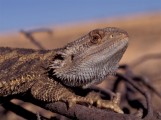
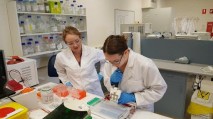

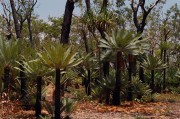

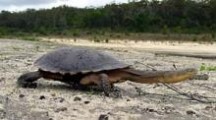
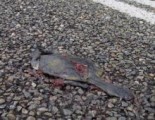
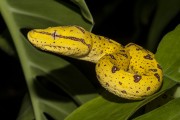
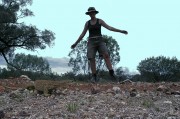

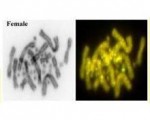



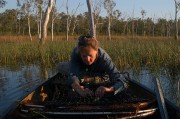
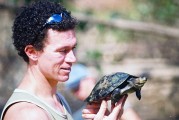
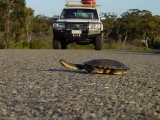

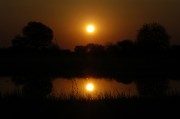
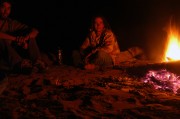
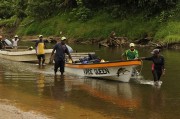

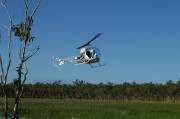

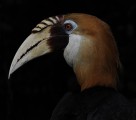

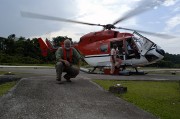
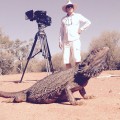

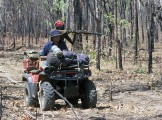
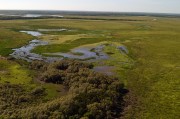
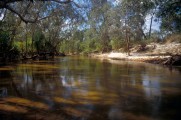
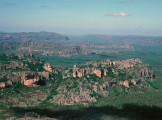

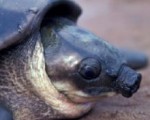



 [
[